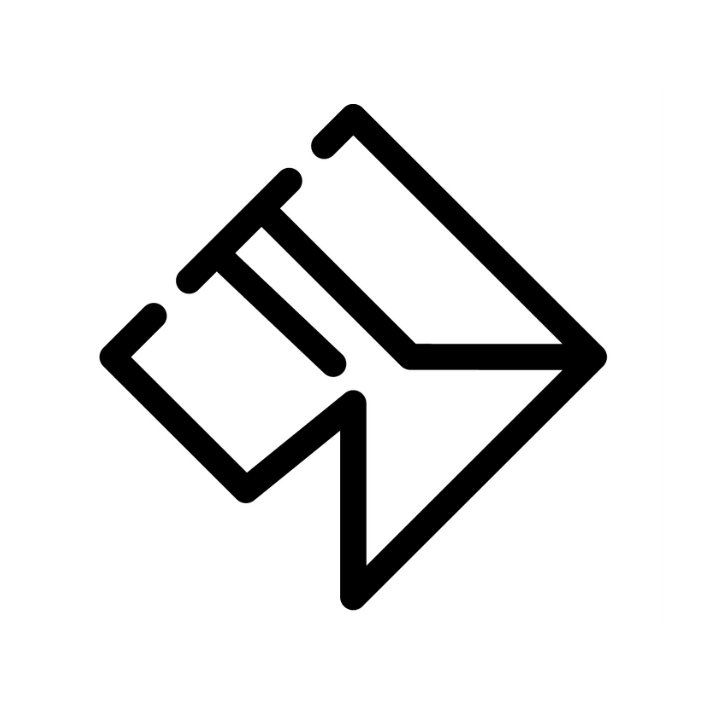Marketing in politics. Persuasion and manipulation
Whether you are on the left or the right, you should know how politicians use messages to attract your attention.
Before starting, I want to emphasize that this is an article that talks about how all political parties advertise before an electoral campaign. Perhaps some parties use more some of the techniques that we are going to mention, and other parties have another type of strategy.
The purpose of this article is to have a point of view of the electoral campaign, from the world of marketing and advertising. Political parties make a very strong bet on advertising to attract followers and voters.
In the world of politics, advertising and marketing have become indispensable tools for capturing voters' attention and conveying persuasive messages. With elections approaching, political parties are stepping up their efforts to stand out from the crowd and win the support of the public.
In this article, we will explore the various strategies used by political parties in their quest to influence the electorate and secure an electoral victory. Prior to launching any advertising campaign, political parties conduct extensive research to understand the concerns and preferences of the electorate. They use surveys, data analysis and consultations to obtain valuable information that allows them to develop effective messages and accurately segment their audiences.
On the other hand, they are very useful for political branding. As you may have noticed, in your city there are a lot of posters of the different parties and candidates running for elections. Just like commercial brands, political parties also work on their branding.
Develop a visual identity and a distinctive slogan that represents them. The goal is to create a recognizable and memorable image that connects with voters and reinforces the party's values and principles.
Another important aspect is the key messages they launch in their advertising campaigns. Political parties identify the key issues that will resonate with the electorate. They develop clear and concise messages that emphasize their proposals and solve the problems most demanded by society (obviously, depending on an ideology based on people aligned with these political parties). These messages are transmitted through various communication channels, such as speeches, commercials and social media content.
They also make use of audience segmentation, which is essential to their strategy. Political parties carefully analyze voter demographics, interests and behaviors to personalize their messages and tailor them to different groups. This personalization allows for greater emotional connection and persuasion with their followers.
In this digital age, social media plays a crucial role in political marketing strategy. Political parties leverage platforms such as Facebook, Twitter, Instagram and YouTube to disseminate messages, interact with voters and build an online community. They use targeting techniques and targeted advertising to reach specific audiences and mobilize their followers.
Another method used by political parties to make themselves known is the organization of events and rallies as a way to connect directly with voters. Such events allow candidates to convey their messages in a personal way, generate enthusiasm and capture the attention of the media.
They also provide an opportunity to interact face-to-face with voters and listen to their concerns. This system is still in use today. However, this is the main communication system used by political parties since practically the beginning of their existence. The press was another format used to make themselves known, before the arrival of television.
Happy week to all!



